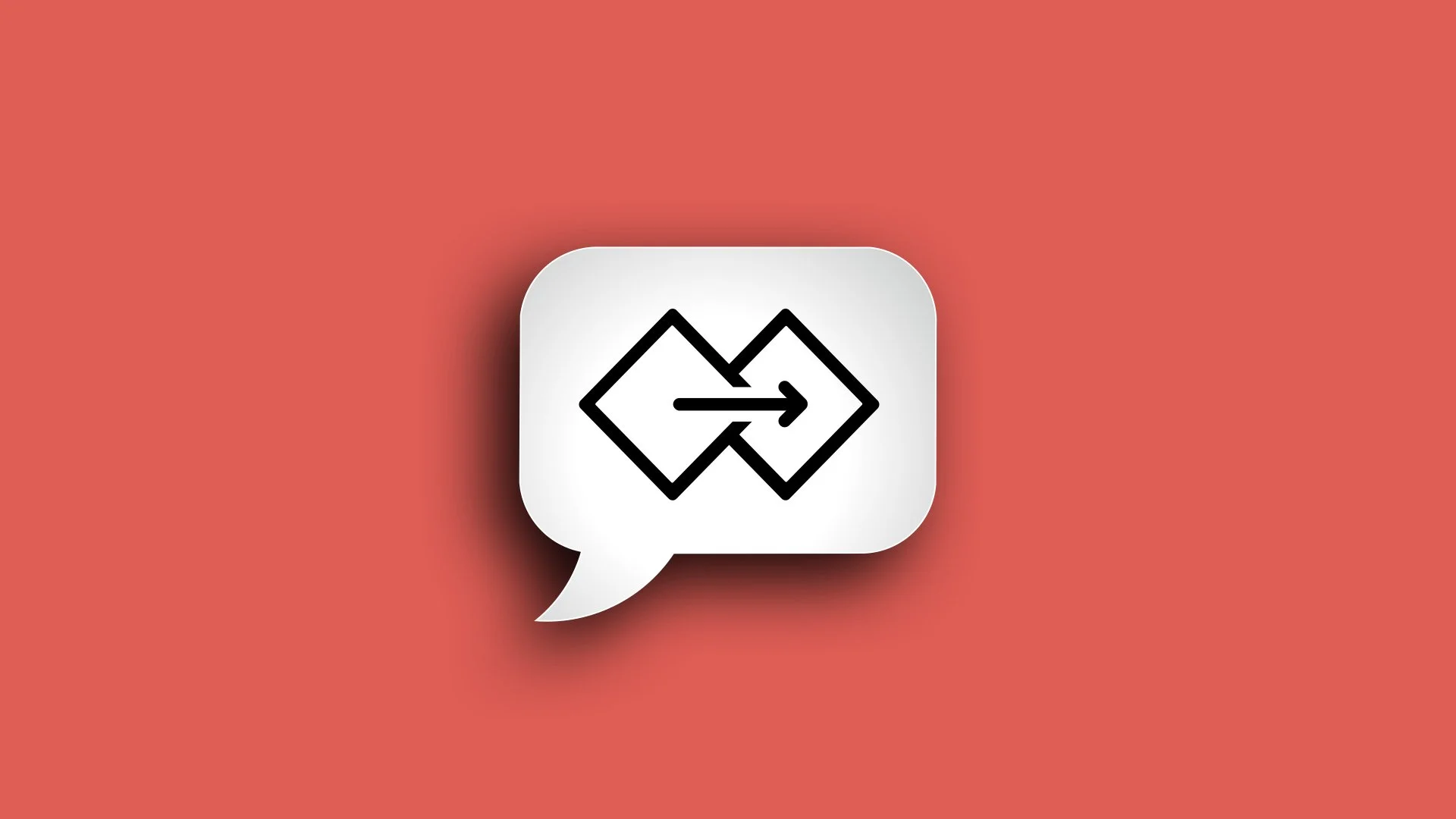The nuts and bolts of the Double Diamond user-centred design model
There is an abundance of design tools available to support user-centred design activities. So many that it can be hard to orient and know which type to choose.
In this article, we give you a pragmatic tool-oriented guide to the Double Diamond user-centred design process.
As talked about in the “How to speak Double Diamond” article, we use the Double Diamond as a reference model at Design Psychology. Therefore, we will also use this model to present the tools we cover.
To facilitate the tool overview, we will chunk the tool into a subset
Tool overview
Design brief and project scoping
At the beginning of a design project, all stakeholders need to have a shared understanding of the project scope. A design brief is a good tool to help facilitate that.
Unfortunately, there aren’t any well-developed and detailed design brief templates.
It is also worth noting that some of the elements of a design brief - such as target audience - are actually to the outcome of some user research processes and, therefore, cannot meaningfully be specified upfront.
More critically, some design briefs may have identified a presumed problem with an existing design that should be fixed in a certain way. That “root cause” diagnostics may be challenged in a user-centred design process as we learn more about the users of an existing product.
In short, design briefs should be challenged if they ….?
Here are some elements of a design brief:
Cost, budget and timeline.
Stakeholders.
User research
User insights and user needs
User needs tools
Value proposition tools
CALL TO ACITON #1
CALL TO ACITON #1
CALL TO ACITON #1
CALL TO ACTION #2

